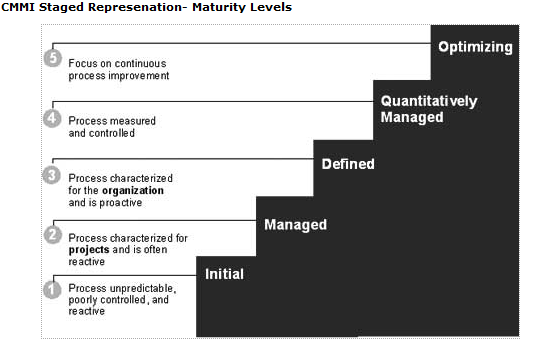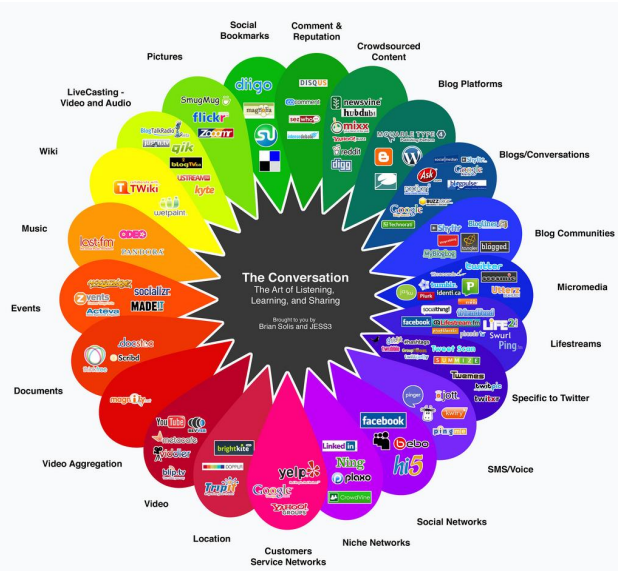All right…with understanding of what CMMi is all about, what do we mean by maturity levels, and how we can actually map the maturity levels with the process areas, we are all set to learn about Capabilities, the maturities and capabilities have a great role to play in the entire CMMi journey.
In CMMI models, there are six capability levels designated by the numbers 0 through 5.
- 0 – Incomplete
- 1 – Performed
- 2 – Managed
- 3 – Defined
- 4 – Quantitatively Managed
- 5 – Optimizing
So I am sure you all will be in better control of things even as you have a look at the above mentioned “Capabilities”.
Let’s understand as to what they mean, we will start with very small description of these:
Level 0: Incomplete
An “incomplete process” is a process that is either not performed or partially performed. One or more of the specific goals of the process area are not satisfied and no generic goals exist for this level since there is no reason to institutionalize a partially performed process.
By Institutionalize we mean a process which is tailored as per Organization needs, and is stemmed out of your Organizational processes.
Level 1: Performed
A Capability Level 1 process is a process that is expected to perform all of the Capability Level 1 specific and generic practices. Performance may not be stable and may not meet specific objectives such as quality, cost, and schedule, but useful work can be done. It means that you are doing something but you cannot prove that it is really working for you. This is what that happens with quite a few project which you’ll or we have worked with! We know we are doing something, and that is why we are being survived, but that has nothing to do in terms of improving our cost. and quality.
Capability Level 2: Managed
A managed process is planned, performed, monitored, and controlled for individual projects, groups, or stand-alone processes to achieve a given purpose. Managing the process achieves cost, schedule, and quality. As the title of this level indicates, you are actively managing the way things are done in your organization. You follow metrics, you follow things like variance, scheduled variance etc., to make sure you and your project is on track.
Capability Level 3: Defined
A capability level 3 process is characterized as a “defined process.” A defined process is a managed (capability level 2) process that is tailored from the organization’s set of standard processes according to the organization’s tailoring guidelines, and contributes work products, measures, and other process-improvement information to the organizational process assets.
Again, I won’t go in to details of level 4, and level 5, so this is it for today, assuming you all are having a good go and learning experience in this journey!
Related articles
- CMMi – A crash course – Introduction to Dev 1.3 (seeingfuture.wordpress.com)
- CMMi – Maturity Levels – Initial – Managed – Defined (seeingfuture.wordpress.com)
- CMMi Process areas and mapping with Maturity levels (seeingfuture.wordpress.com)






